5 wildlife crossings helping species survive
Rewilding needs connectivity. These examples show how smart design can prevent road deaths and help animals migrate from place to place.
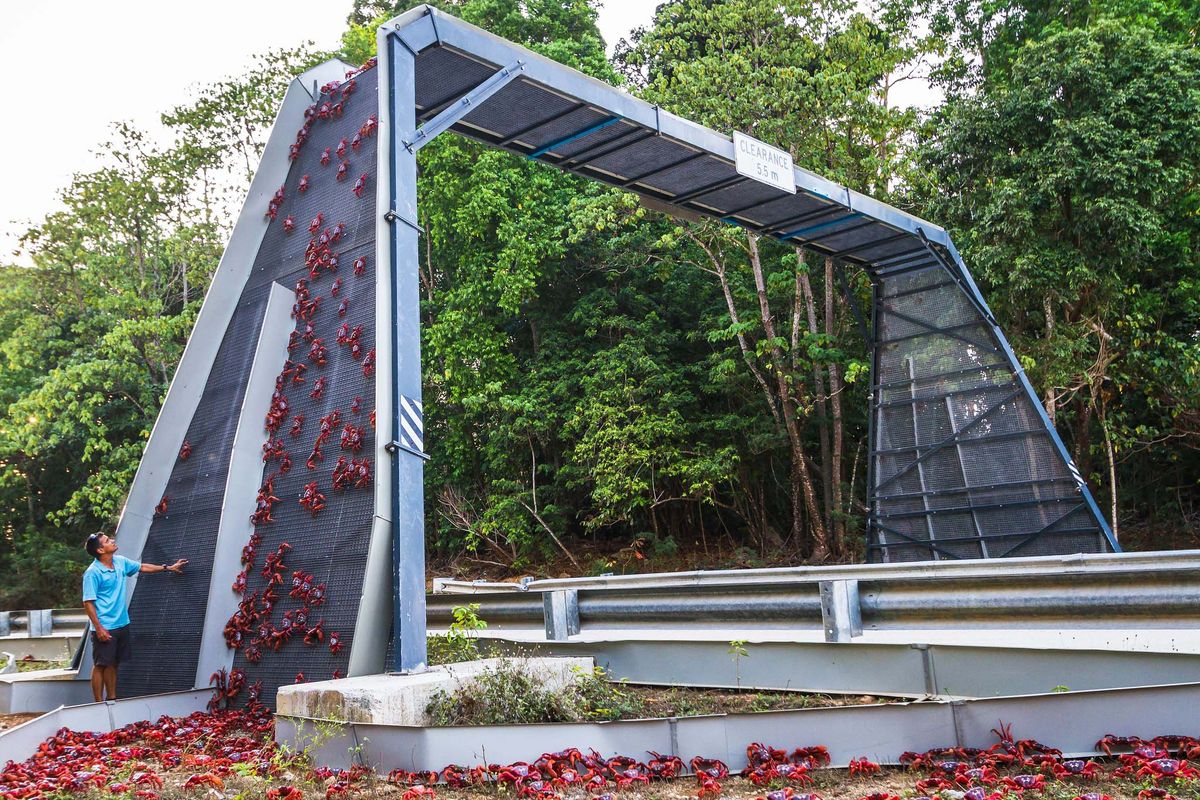
Imagine you are a mule deer in Wyoming. For generations, your herd has followed the sprouting of spring greens up into the mountains. But one year, you begin your trek only to find a roaring grey river barring your path. What do you do?
Wildlife crossings are the answer that humans have developed for the mule deer’s problem.
“These crossings are designed to bridge physical barriers such as highways, roads, and railways that disrupt animal movement,” says Kelly Zenkewich, senior communication and digital engagement manager at the Yellowstone to Yukon Conservation (Y2Y) Initiative. “Whether it is a wildlife underpass, an overpass, or even a much smaller culvert specially designed for Western toads, salamanders or native trout, crossings support this movement.”
That makes them an important component of one of the so-called C's of rewilding – corridors that allow wildlife to travel between larger cores of protected areas.
“Corridors play a crucial role in connectivity and rewilding, providing safe passageways for animals to travel between fragmented habitats,” Zenkewich says. “This is a huge part of their success in surviving and thriving.”
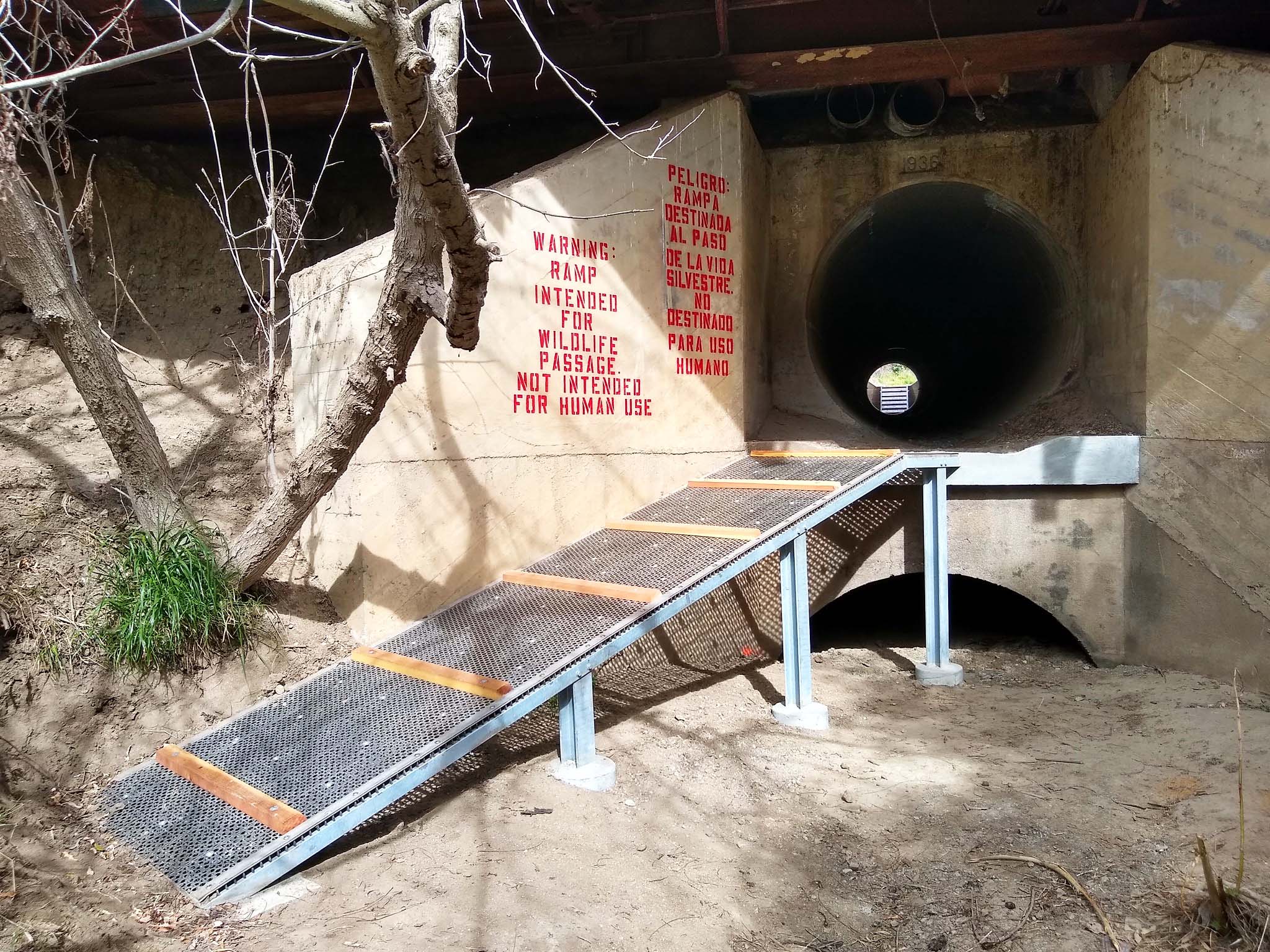
Wildlife crossings can help with rewilding in several ways, says to Ben Goldfarb, author of new book Crossings: How Road Ecology Is Shaping the Future of Our Planet. They enable migrations such as the mule deer’s and ensure that large predators like cougars can traverse the territory they need to find mates and keep their population genetically diverse. Facilitating the movement of large carnivores – another C of rewilding – is also important for the overall health of ecosystems.
“We have these populations of large carnivores in particular [whose] range is restricted at least partially by these major highways,” Goldfarb says, giving the examples of grizzly bears and Florida panthers. “Wildlife crossings allow them to colonize habitats they historically occupied and don't anymore.”
The crossings also save lives. By one estimate, a million vertebrates die in car crashes on U.S. highways every day, though Goldfarb told Vox the real number is likely much higher. Wildlife crossings – especially when combined with fences to direct animals away from traffic – can reduce these deaths. A Parks Canada study found that a series of wildlife crossings over the Trans-Canada Highway through Banff National Park had reduced all animal deaths by more than 80 percent and ungulate deaths by almost 90 percent.
These vehicle crashes, especially with larger animals, are also dangerous and costly for humans. One 2022 study found that wildlife crossings in Washington State alone reduced accidents by one to three per mile per year, saving a total of $235,000 to $443,000 per year per crossing. “These structures are incredibly cost conscious and self-funding in the long term,” Goldfarb says.
Finally, wildlife crossings can be a tool to teach humans about the value of rewilding.
“The interesting thing about wildlife crossings, particularly overpasses, is that they offer a unique opportunity for motorists driving below them to grasp the concept of ecological connectivity in real-time,” Zenkewich says, adding that Y2Y fields frequent social media questions about crossings in the North American West. “They are, in essence, the most effective means of communicating the vital need and remarkable achievements in preserving wildlife and their habitats from fragmentation.”
Here are five of these achievements.
1. Banff National Park highway overpasses, Canada
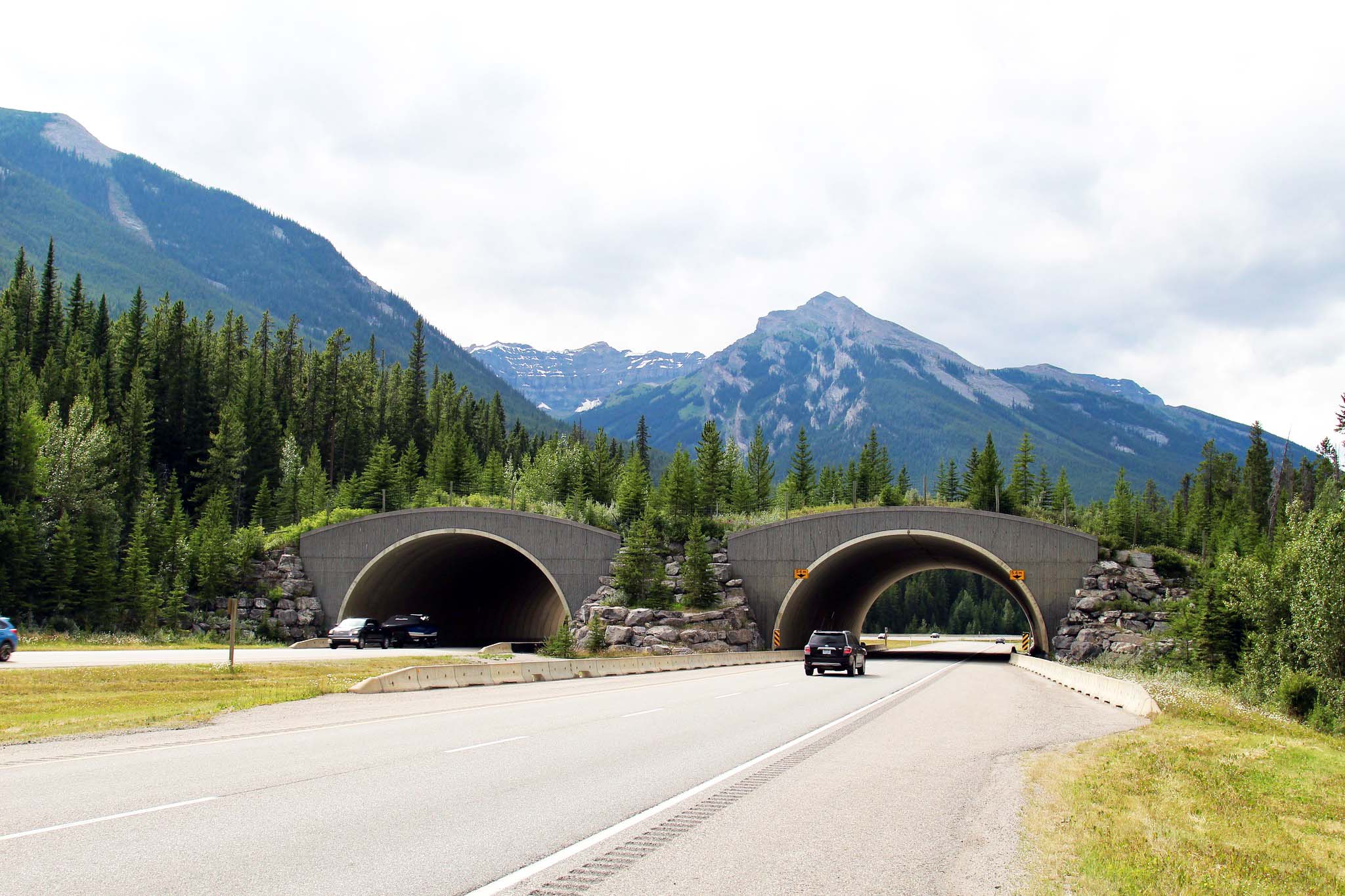
When the Trans-Canada Highway through the Rocky Mountains expanded from two lanes to four in the 1980s, conservationists knew they had to do something to help animals like grizzly bears, coyotes, wolves, elk and bighorn sheep get across. The solution was a system of six overpasses, 38 underpasses and fencing that is now the largest concentration of these structures in the world. Between 1996 and 2012, 11 large mammal species used the crossings more than 150,000 times.
2. Turtle tunnel, Wisconsin, USA
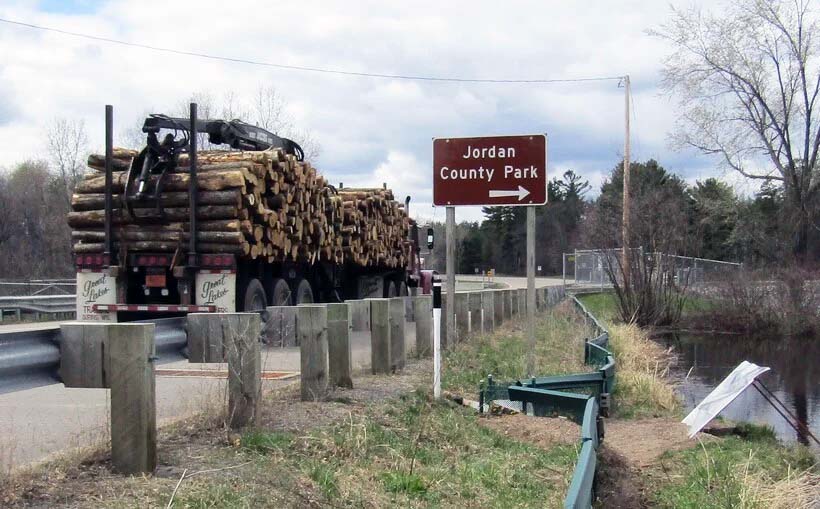
Some of the most road-endangered animals are actually smaller creatures like amphibians and reptiles, Goldfarb says. It’s believed that car accidents are a leading reason that turtle numbers in the U.S. are falling. To save these shelled strollers, university researchers and state agencies in Wisconsin worked together to build a tunnel beneath a busy stretch of highway between a pond and a wetland, reducing turtle deaths from 66 in one year to 40 in three.
3. Crab bridge and tunnels, Christmas Island
Every year after the first rainfall of the wet season, millions of red crabs on Christmas Island begin their migration from the forest to the sea. To help them travel safely, islanders identified the places along roads where the crabs were the most likely to cross and built tunnels underneath as well as walls blocking the crabs from roads. Across the busiest street, they installed the world’s only “crab bridge.” During the migration, islanders also divert and pause traffic to protect the crabs.
4. Tiger underpass, India

Highway infrastructure in North America was built without any thought for wild animals, Goldfarb says, but road planners in developing countries “have the opportunity to do it better than we did in the first place, and some of them are doing that.” One example is an elevated stretch of the 44 highway through the Pench Tiger Reserve in India, completed in 2019. Wildlife advocates first sought to block the road altogether until the National Highways Authority of India agreed to design with tigers in mind, including an underpass beneath the raised highway thought to be the world's longest underpass reserved for animals. Tigers as well as leopards, wild dogs, spotted deer, Indian bison, wild pigs and porcupines now roam beneath the traffic.
5. Monkey crossing, Brazil
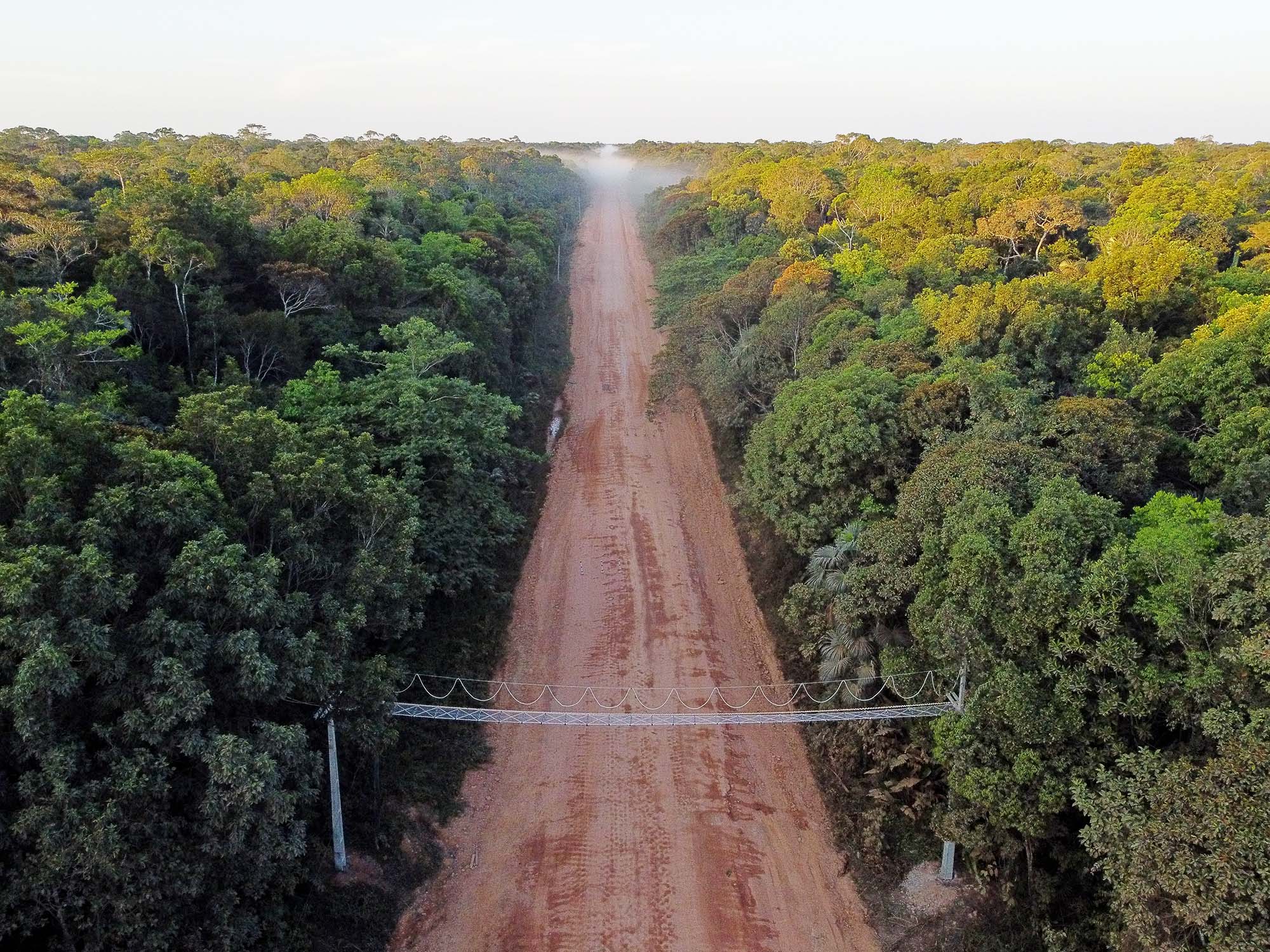
In another innovative project, an international team of wildlife experts built an aerial canopy over an unpaved road in the Brazilian Amazon in July. Their goal was to lend a hand to the vulnerable woolly monkey, the endangered black-headed spider monkey and other animals that make their homes in the trees. The highway has been approved for paving, but even unpaved it has already disrupted the lives of these primates. This is the first time this type of crossing has been built in the Brazilian Amazon before a road was paved.
Wildlife crossings can help species large and small from mountains to islands to rainforests. And, as the climate warms and animals’ ranges shift, their thoughtful design has become more important than ever. You can help by contacting your local, regional and national governments and urging them to construct more ways for non-human animals to cross the road safely.



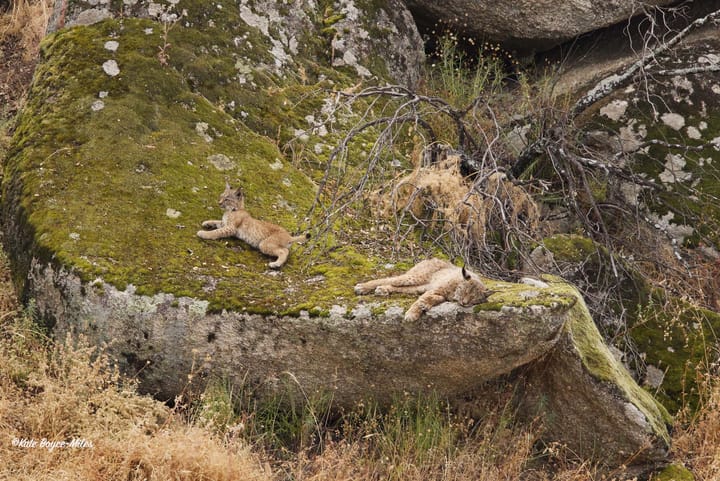
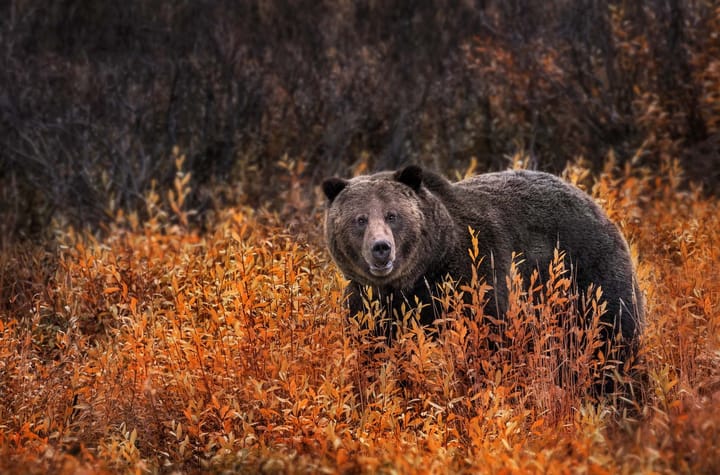
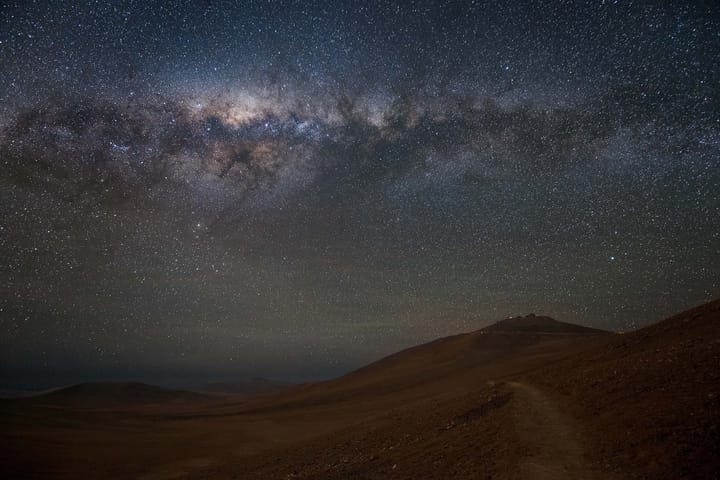


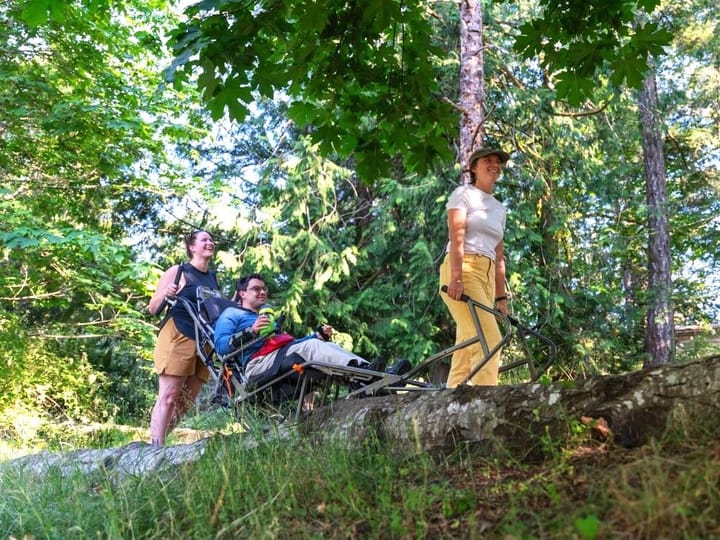

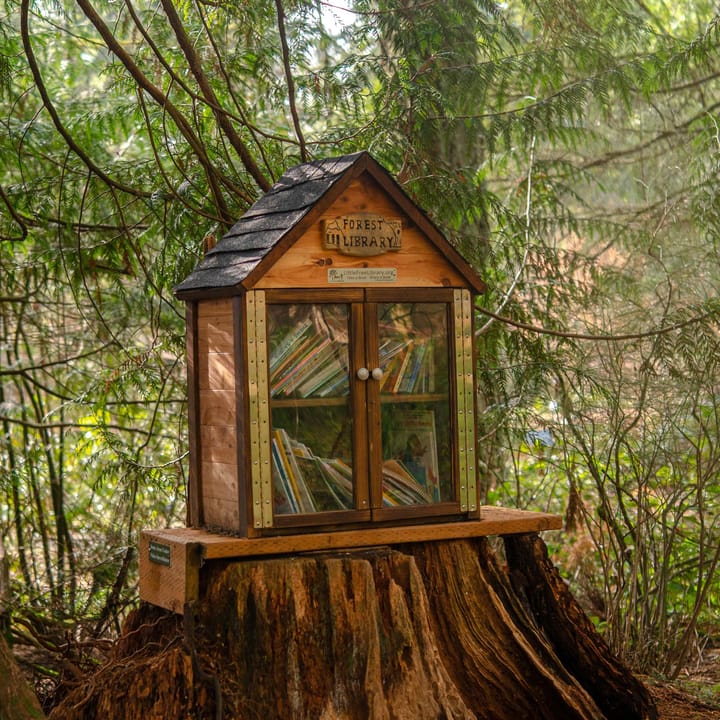
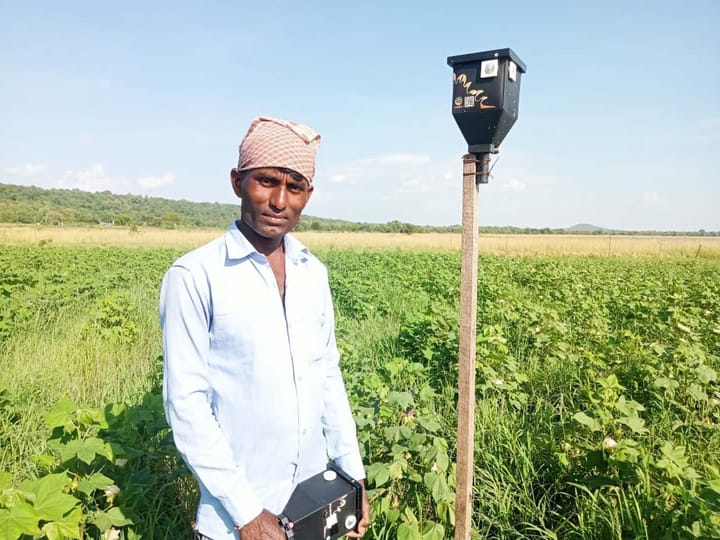
Comments ()